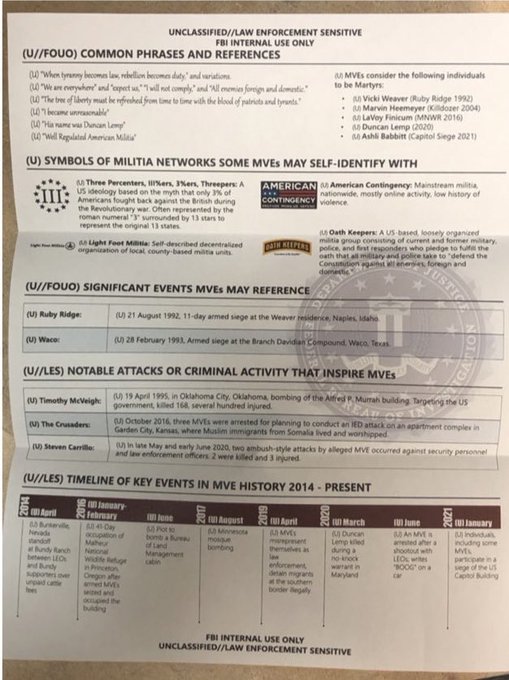In connection with my revisiting awhile ago of Marcus Aurelius’ Meditations, it occurred to me also to consult a brief biography of the Emperor as background. As with many of his predecessors, he performed his military role in the field rather than from a comfortable distance.
This of course was consonant with Roman tradition. While the Consuls of the Roman Republic had other functions as well, their role as commanders of their legions was their primary one.1 They not only accompanied their legions into the field but not-infrequently led them in battle. The consequence thereof, as in the case of the battle at Cannae, was occasionally the death of one of them.
History is replete also with many other examples of political leaders who were in the forefront of battle. These include Alexander, Frederick the Great, and Napoleon. Time prevents expanding this list.
While Section 2 of Article II of the Constitution for the United States of America provides that “[t]he President shall be Commander in Chief of the Army and Navy of the United States”, times have indeed changed, The President does not even consider performing as these historical predecessors, but rather usually remains cloistered in a Situation Room. Though circumstances have changed, due to the expansion of nation-states and technological advancement, the writer suggests these should only modify and not replace this tradition.
Would maintenance of this tradition be in the public interest? The writer suggests that it certainly would be.
When a commander is present in proximity to the troops, he obviously is directly and intimately presented with the consequence of his decisions on those troops. This includes not only victory or defeat but the physical effect, be it injury or death, on them. Unless the commander is afflicted with severe psychiatric problems, these observations must have a psychological effect. This trauma must then have a prophylactic effect.
This effect might not be generated and effectual during the commander’s initial campaign; decisions will already have been made and executed before these adverse consequences will transpire. However, later campaigns will benefit from a potential and anticipated reluctance to engage in hostilities without clear necessity therefor, in addition to the element of the perceived advantageous opportunity for success.
This propensity then should abbreviate the occasions for initiation and pursuit of military hostilities — thereby avoiding: first, waste rather than constructive employment, of a society’s resources; second, disruption of civil society, as a consequence of, one, the diversion of labor to military forces, two, the reduction of resources available for utilization by the remaining labor, and, three, the reduction in resources available for constructive activities; and, third, a mental orientation of a certain segment of society toward these destructive employments, disadvantageous both in the short-term, as a diversion from ordinary relationships and functions, and in the long-term, as tending to breed a psychological acceptance of the normality of military hostilities.
The initial disparagement of the utility of this developed avoidance propensity is likely to be, Yes, this may well be the reaction of a single commander but what about the other contemporary commanders and, more salient, successive commanders in later periods of time? This, on first blush at least, would appear a valid objection. How then to perpetuate it?
If the official is impressed with the aegis of both the military and political spheres, then there should be a greater likelihood of perpetuation since the latter aegis will be, at least to a limited extent, precedential. Hence, combining the assumption and performance of military functions with the other roles of a political official may well institute, by this tradition, a perception of subordination of the military option other than in extraordinary circumstances.
But will these political officials have the courage to expose themselves to this danger?2 We can easily presume that few officials anywhere will willingly assume this function; and this uniform practice will encourage and justify all officials to like eschew exposing themselves to such a danger.
How though could they avoid this exposure to danger if performance in the field were requisite to their official position? The answer is obvious and clear! It is to avoid military confrontation when any other acceptable alternative is available.
Now, this leaves the issue of how political officials in other nation-states will behave. They may well continue to be obsessed with the glamour of military endeavors. This problematic situation may only be possibly resolved by a gradual accretion, in this combination of the dual function and consequent developed avoidance propensity by other officials, of the number of nation-states adopting it. If recalcitrant officials observe this behavior by an increasing number of nation-states, these officials may well appreciate less risk from public critique by their conformity thereto.3
The foregoing then suggests that the agenda for these officials should include frequent and regular: visitations with their military forces; observation of and participation in their “war games”; attendance at the planning for these maneuvers; and, periodic at least, presence in the theater (if not field) of action. This will impress upon these officials, as well as the public, the perception of both their political and military functions. And this could lead to the desired prophylactic effect.
Admittedly, this may well be unwarranted optimism. But it at least offers a potential methodology for minimization of military hostilities.
WAYNE A. SMITH
Sanilac County, Michigan USA
02 February 2025
1 As a somewhat-tangential interjection, I note that, in my opinion, the original structure of an aspect of the Executive Power of the United States of America was similar to, if not modeled upon, the Roman Republic’s selection of Consuls. These officials were elected by the Comitia Centuriata, with the two candidates receiving the most votes being elected as Consuls for the ensuing year; while each had equivalent power —as each had the authority to annul decisions of the other —the candidate with the most votes had his choice of military theater. Compare, then, Section 1 of Article II of the Constitution for the United States of America (as originally drafted and ratified and prior to later Amendment XII): “The Electors shall meet in their respective States, and vote by Ballot for two Persons … The Person having the greatest Number of Votes shall be the President … after the Choice of the President, the Person having the greatest Number of Votes of the Electors shall be the Vice President.”
2 Fear of undertaking this function is the natural emotion. Thus, if at all practicable, they would avoid the exigency of being thrust into this environment. But such fear of this danger constitutes an excellent justification for energetic suasion by the public for their officials to accept this danger.
3 As another somewhat-tangential interjection, adoption of this dual function combination does not necessitate political officials to abandon their “Praetorian Guards”. Disturbed individual fanatics will always exist and, by definition, the presumption is that their motivation is irrational. Society has a right and duty to interpose obstacles to their design in order to prevent aberrant disruption to governmental functioning.
Yet, there must be a limit to this protection of political officials —by quantity or circumstance context —since general discontent constitutes sufficient justification for aggressive action. A latent fear of physical danger as a result of egregious abuse of their authority comprises an efficacious check upon this abuse.


